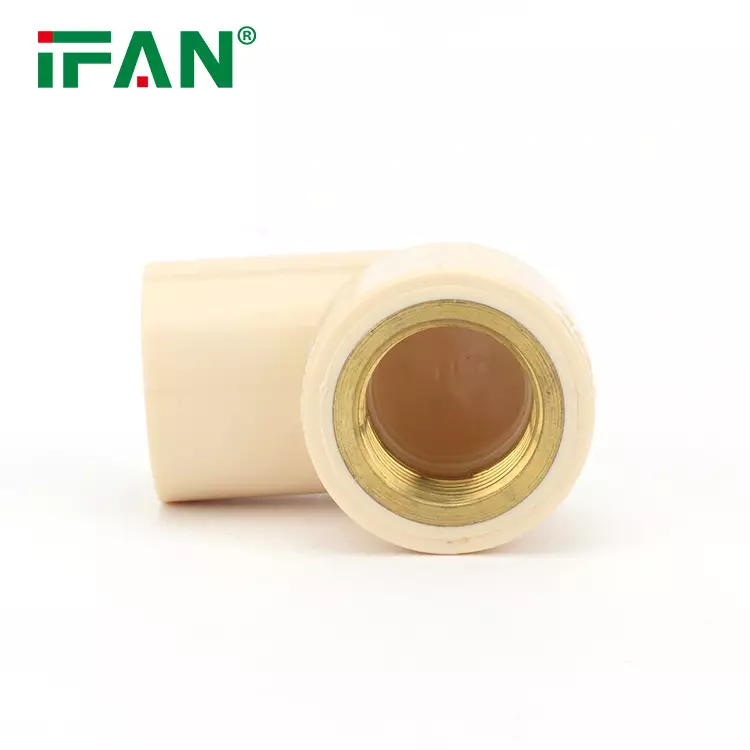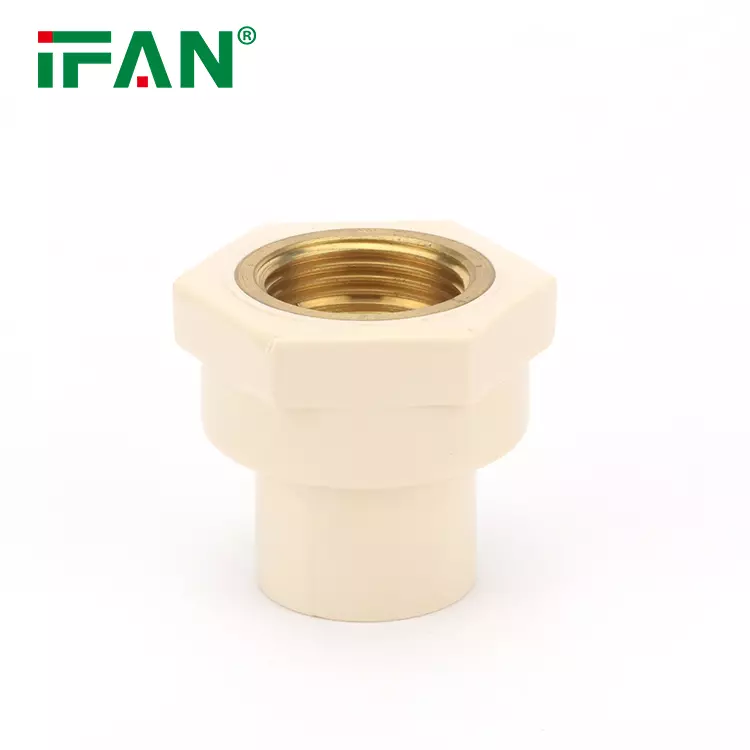Introduction
Chlorinated polyvinyl chloride (CPVC) is a popular material in plumbing. Known for its durability and heat resistance, CPVC is used in various fittings, including equal tees. These fittings connect three pipes of the same diameter. A common concern is whether CPVC equal tees degrade over time. This article explores this question, examining the factors affecting the longevity of CPVC.

Composition and properties of CPVC
CPVC is a thermoplastic produced by chlorination of PVC resin. This process improves its properties, making CPVC resistant to heat and corrosion. CPVC is widely used in plumbing due to its high tensile strength and durability. The CPVC equal tee benefits from these properties, ensuring reliable performance in many applications.
Factors influencing degradation
Several factors can influence the degradation of CPVC equal tees. Exposure to ultraviolet (UV) light, temperature extremes, and exposure to chemicals can affect the integrity of CPVC. UV light can cause CPVC to become brittle and cracked. Likewise, temperatures exceeding the tolerance of CPVC can cause material failure. Exposure to chemicals may cause swelling, cracking or discoloration.
Exposure to UV rays
CPVC is sensitive to UV rays, which can degrade its surface. When CPVC equal tees are exposed to sunlight, they can lose their mechanical strength over time. To alleviate this problem, CPVC pipes and fittings are often installed indoors or underground, out of direct sunlight. Protective coatings or coatings can also protect CPVC from UV rays.
Extreme temperatures
CPVC can withstand a wide range of temperatures, but extreme temperatures can still cause degradation. At temperatures above 200°F, CPVC can soften, leading to warping and leaking. Conversely, extremely low temperatures can make CPVC brittle and prone to cracking. Proper insulation and avoiding direct exposure to extreme temperatures can help extend the life of CPVC equal tees.
Exposure to chemicals
Chemical resistance is one of CPVC’s strengths, but some chemicals can still cause damage. Strong acids, bases or solvents can weaken CPVC over time. In plumbing systems, CPVC equal tees can come into contact with various chemicals. It is crucial to ensure compatibility between CPVC and the substances it will encounter to avoid its degradation.
Installation practices
Proper installation is essential to the longevity of CPVC equal tees. Improper installation can lead to stress and premature failure. For example, overtightening connections can cause cracks. Ensuring pipes are properly supported and aligned can reduce stress on fittings. It is essential to follow the manufacturer’s instructions during installation to maximize the lifespan of CPVC.
Maintenance and inspection
Regular maintenance and inspection can identify early signs of degradation. Checking for discoloration, cracks or leaks can help detect problems before they become worse. Prompt replacement of damaged CPVC equal tees can prevent further damage to the plumbing system. Scheduled inspections are a proactive approach to maintaining the integrity of CPVC.
Conclusion
CPVC equal tees, like other CPVC fittings, can degrade over time due to UV light, temperature extremes, chemical exposure and improper installation. However, CPVC’s inherent durability and resistance to many environmental factors make it a reliable choice for plumbing applications. By understanding and mitigating the factors that cause degradation, the life of CPVC equal tee can be significantly extended. Regular maintenance and proper installation practices are essential to ensure their long-term performance.
If you have read this article and have any questions, please feel free to contact IFAN. Below is our contact information:
Whatsapp:+86 13373827623
Email:[email protected]

















































